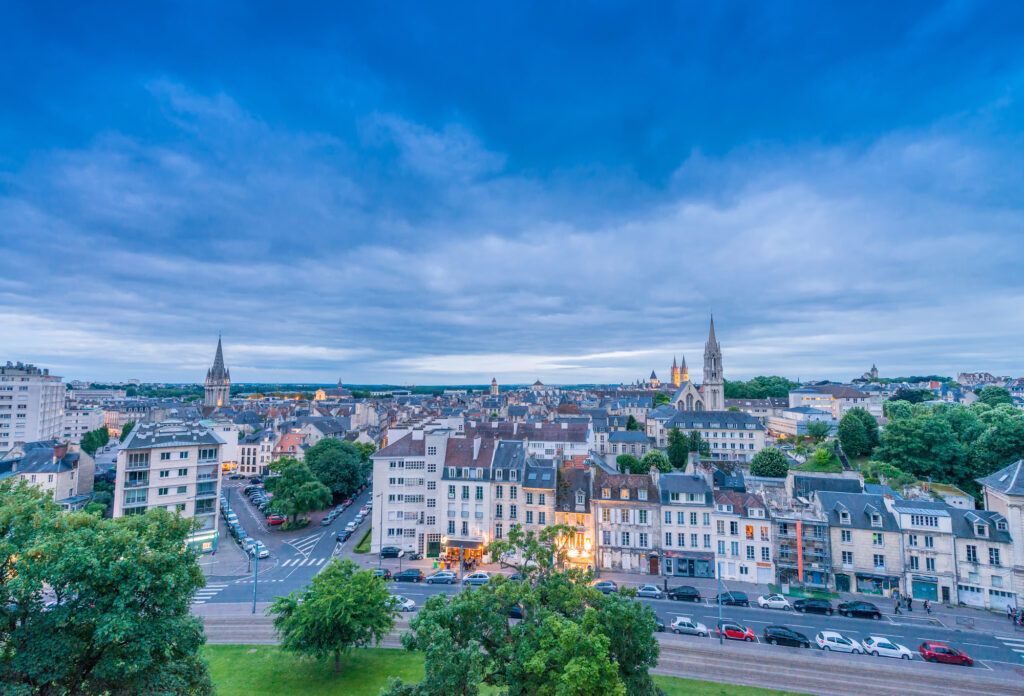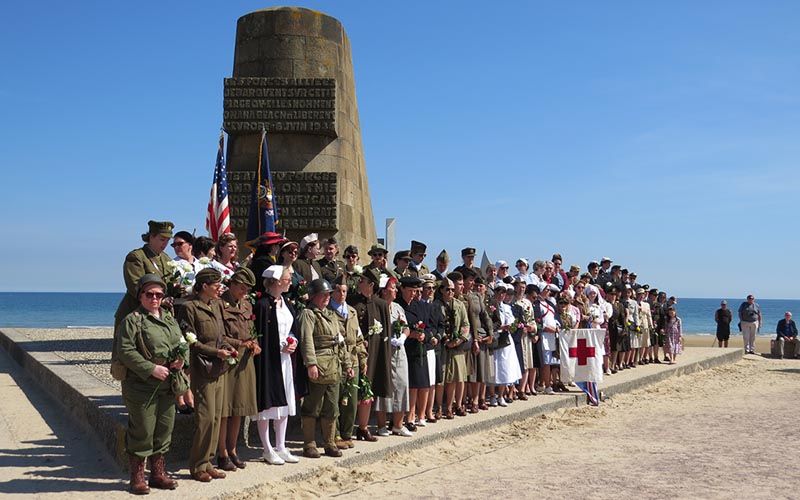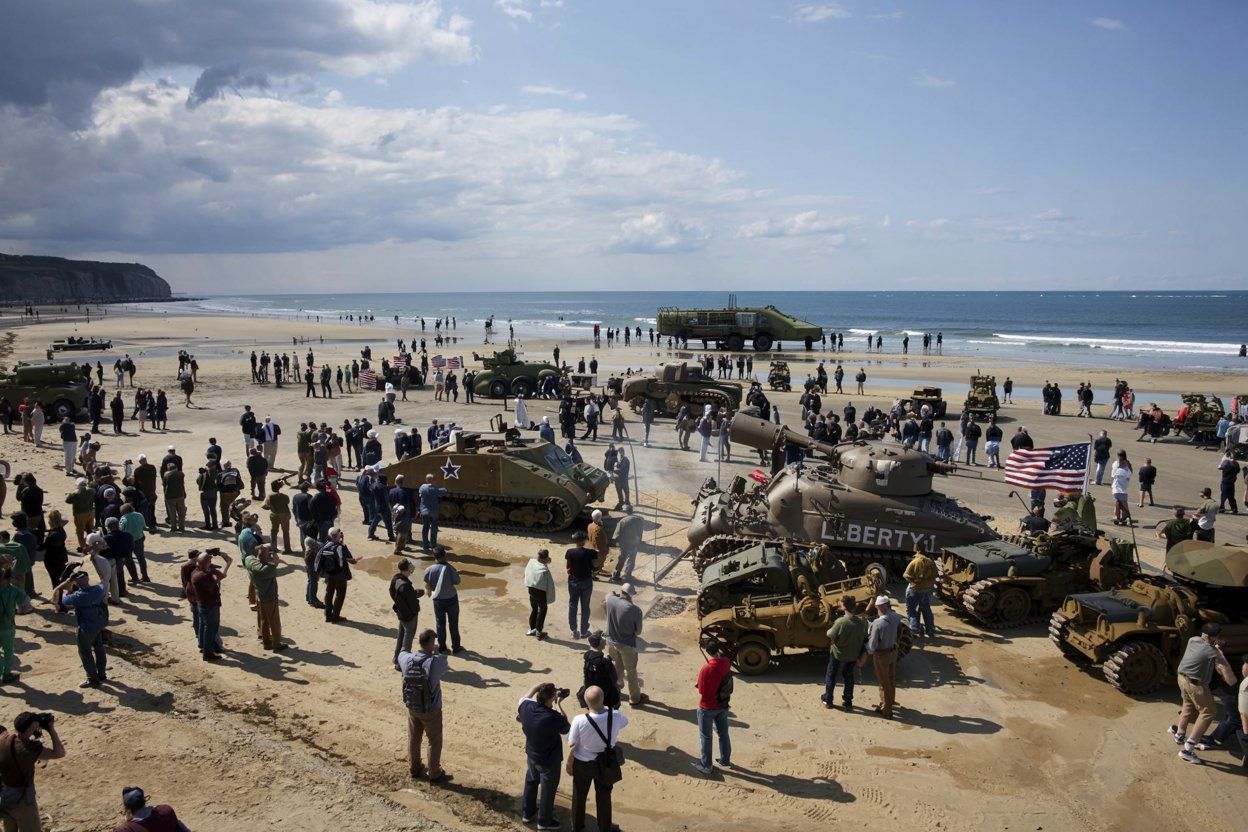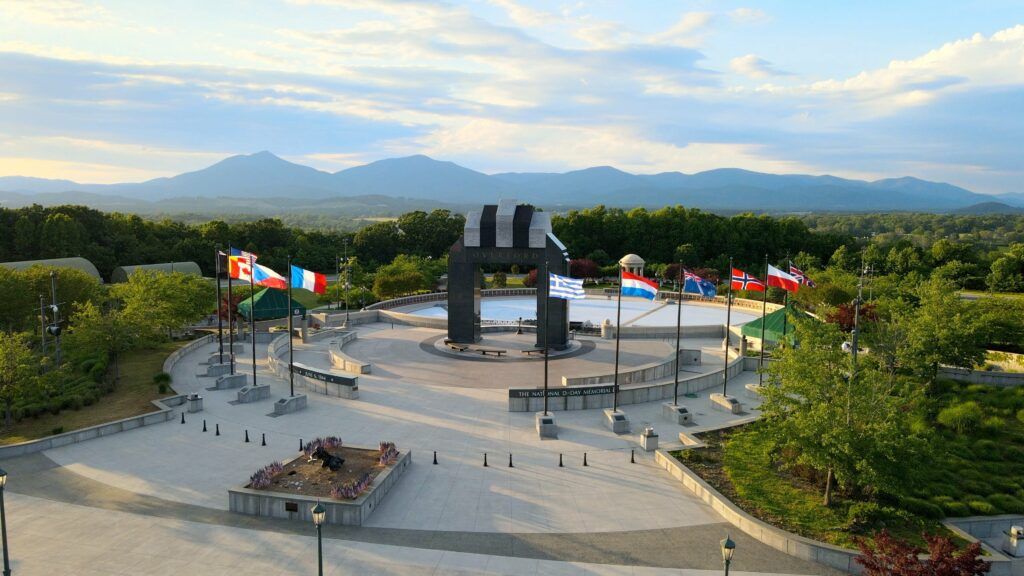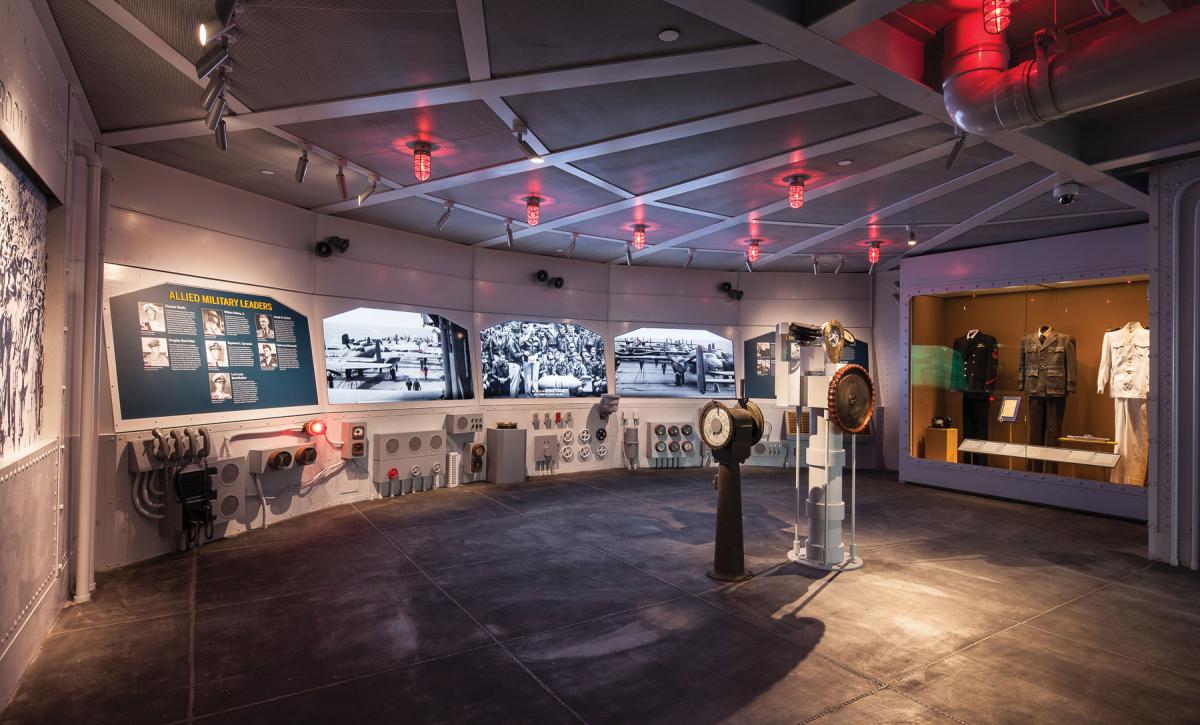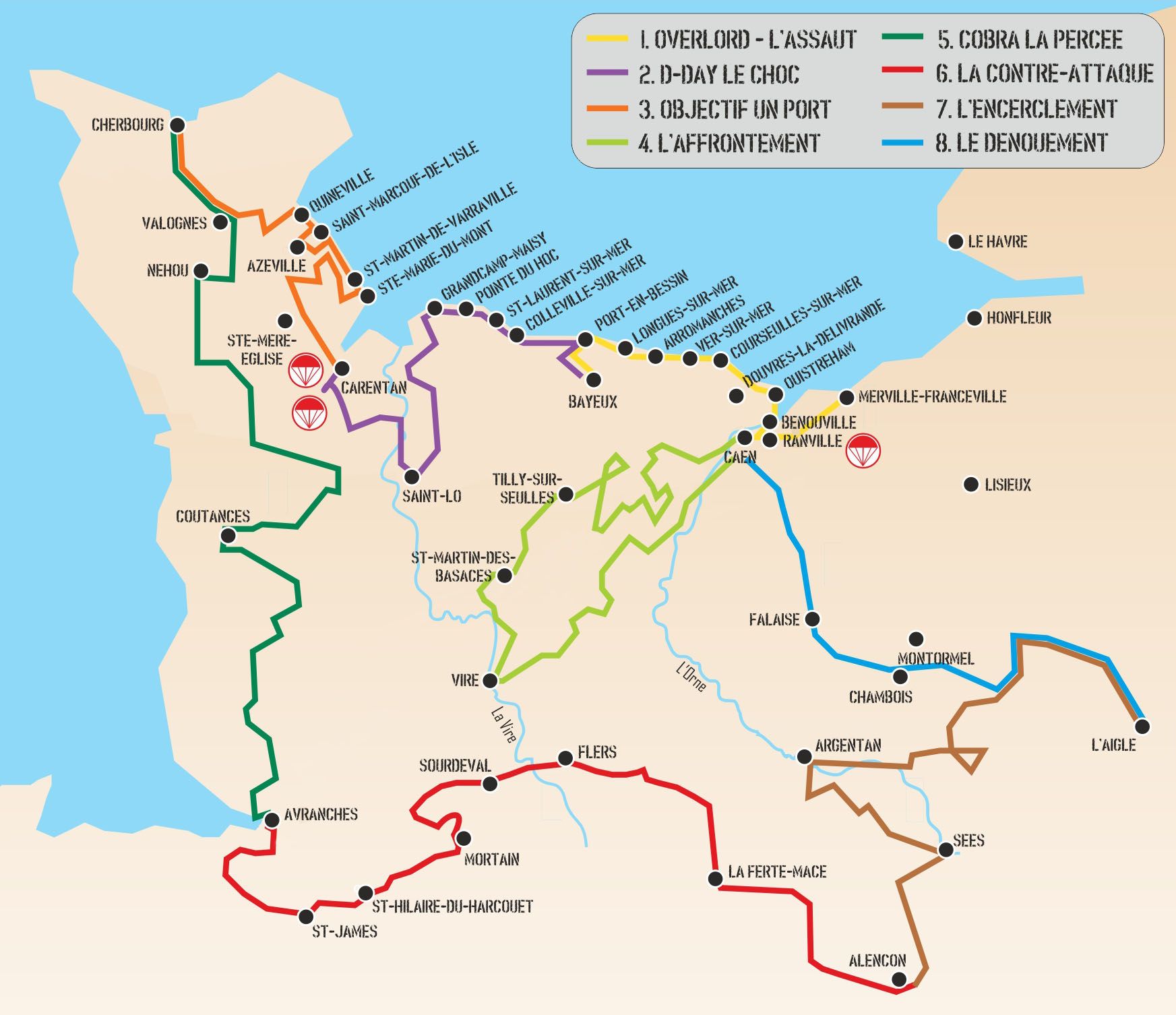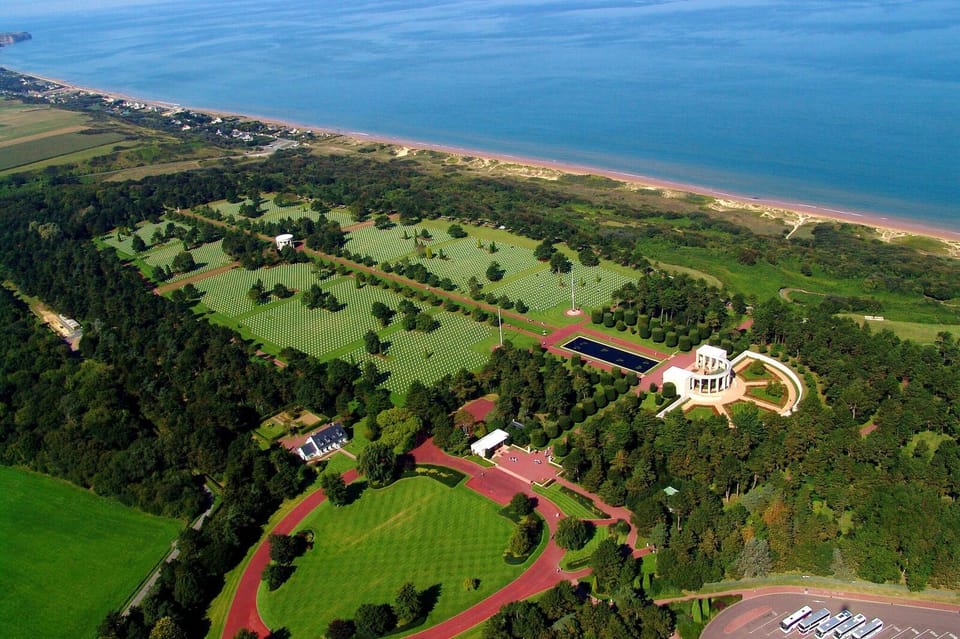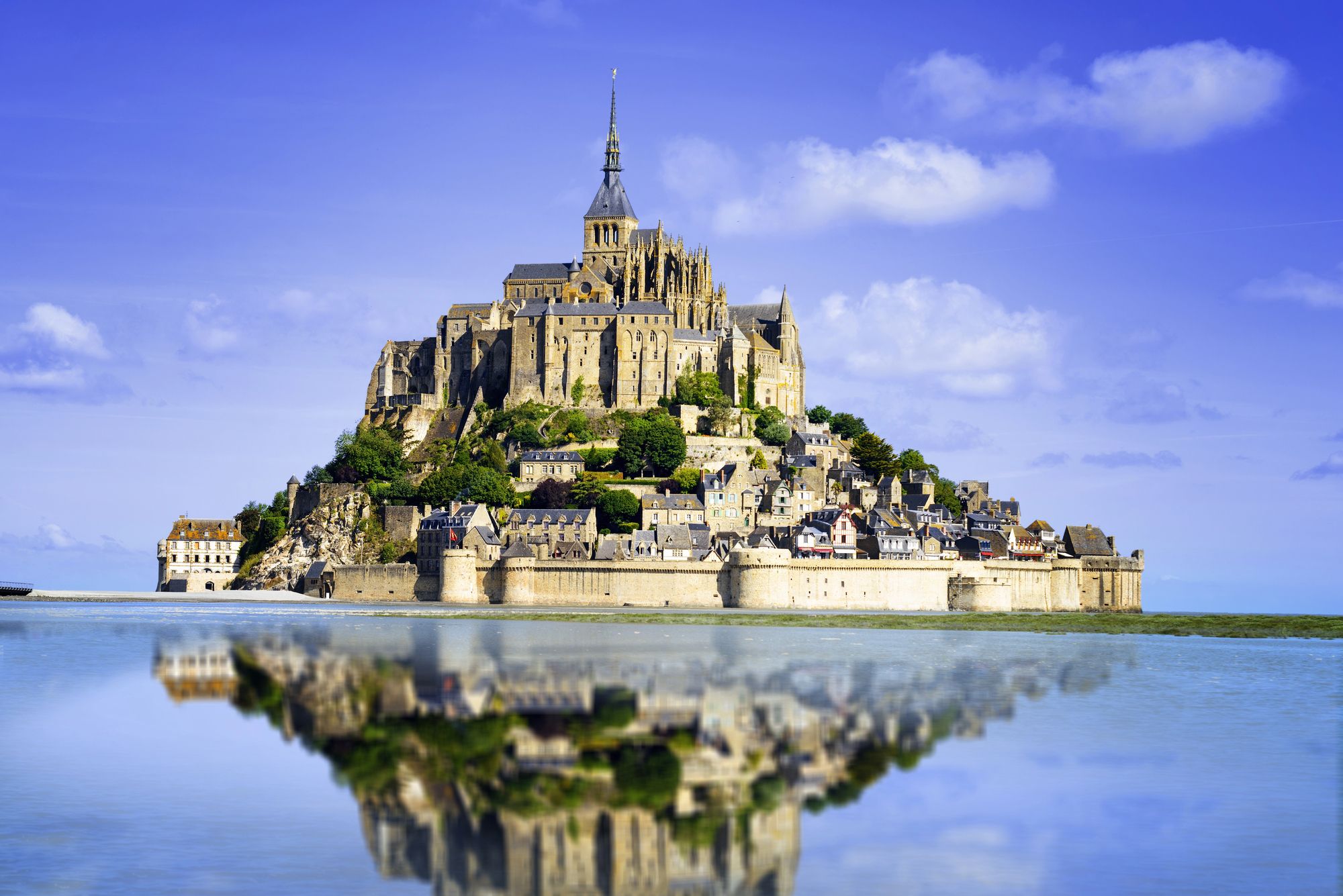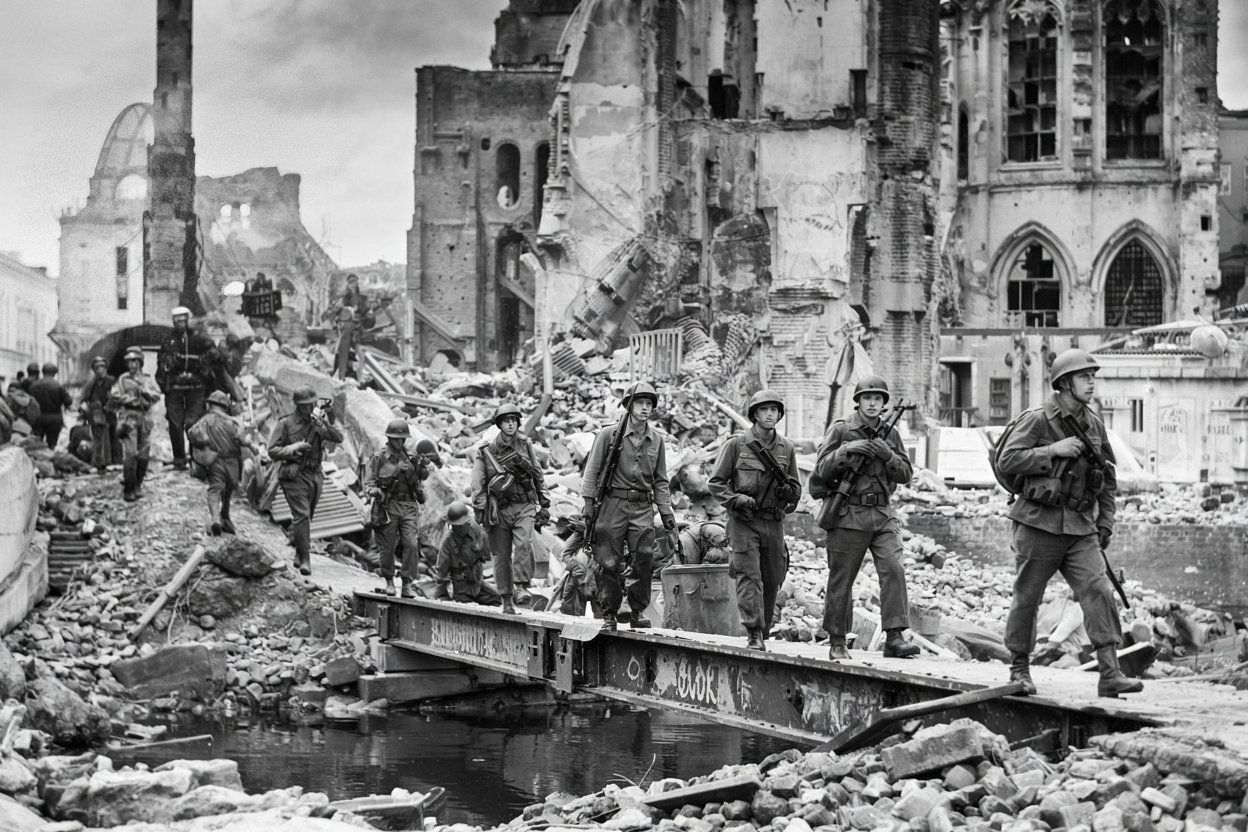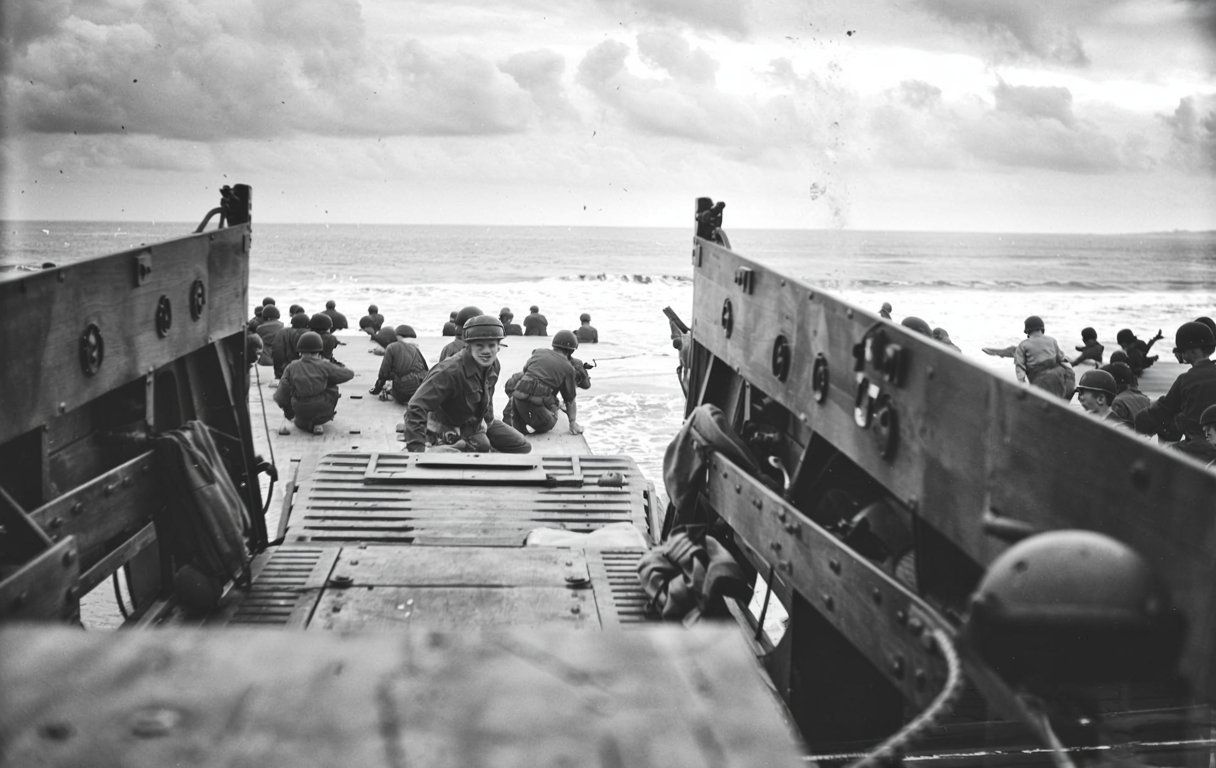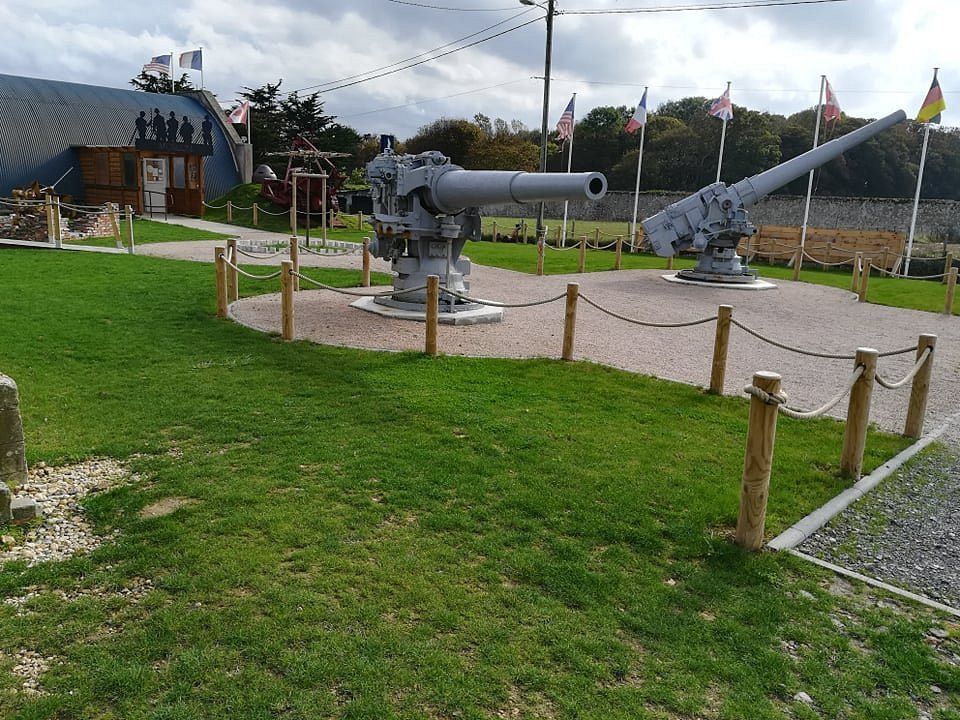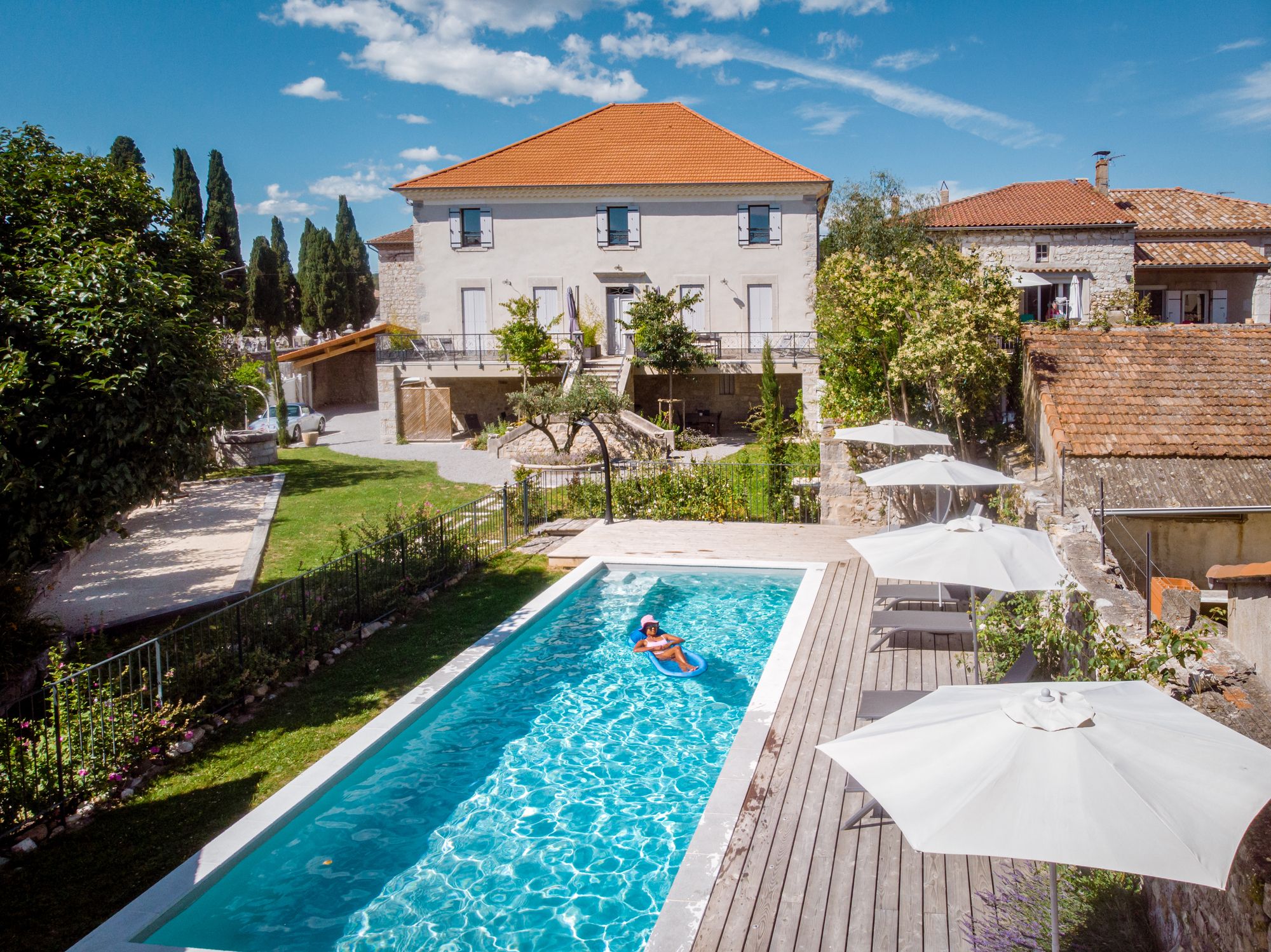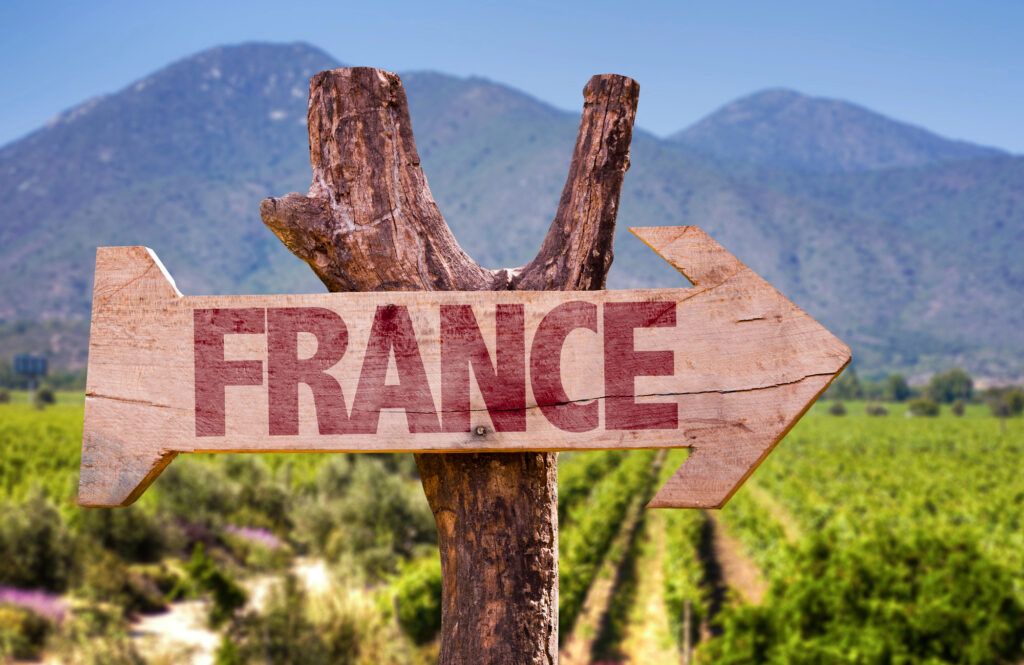Caen’s a city where medieval towers meet modern galleries, and quiet parks sit just steps from sites that saw the worst of war. If you’re here this week, you get a real chance to see how history and daily life blend together—sometimes in surprising ways.
You’ll find yourself moving from abbeys to music venues, markets to museums. Maybe you’re chasing Normandy’s wartime echoes, or just want to see how locals spend a lazy Saturday. Either way, there’s something here for every mood.
1) Visit the Caen Memorial Museum for 20th-century history exhibits
The Caen Memorial Museum gives you a deep dive into the conflicts that shaped the 20th century, from World War II to the Cold War. Opened in 1988, it’s now one of Normandy’s top cultural stops. The focus here is on war, occupation, and the search for peace.
You’re just a short drive from the D-Day beaches, so the museum feels especially connected to the bigger European story. Inside, you’ll find permanent galleries on the Battle of Normandy, daily life during occupation, and the Holocaust. Temporary exhibitions—like 2025’s feature on Varian Fry—bring in new angles on exile and resistance (Caen la mer Tourism).
Guided tours can take you beyond the museum itself, out to D-Day sites with expert historians (Normandy Tourism). If you’d rather go at your own pace, grab a digital audio guide that covers both the museum and nearby beaches (Tripadvisor).
Don’t expect light entertainment. The exhibits lean educational and often somber. If you’ve got kids along, look for the family tours—they make things a bit more accessible.
2) Explore Château de Caen, a medieval fortress
Step inside the Château de Caen and you’re in the heart of Normandy’s medieval story. William the Conqueror built it around 1060, and it’s still one of Europe’s largest fortified enclosures.
The restored ramparts give you a sweeping view of Caen, and you can see how the fortress once dominated everything around it. Some of the original keep remains, though later wars left their mark.
Inside, you’ll find two museums: Musée de Normandie, which covers regional history, and the Musée des Beaux-Arts, focused on European painting. Both come with the castle ticket, so it’s more than just a walk among old stones.
World War II hit the castle hard—Caen was bombed heavily in 1944. You’ll spot rebuilt sections, reminders of destruction and recovery. It’s a place where medieval and modern layers overlap.
You don’t pay to enter the grounds, but the museums do require tickets. For current exhibitions and hours, check Normandy Tourism.
3) Stroll through the Jardin des Plantes botanical garden
If you need a breather from city noise, head to the Jardin des Plantes. Right in the center, this botanical garden covers about 5,000 square meters, with winding paths and a surprisingly diverse plant collection.
It started back in the 17th century when local doctors began growing medicinal herbs. Now, city gardeners keep both regional and exotic species thriving. You’ll see families on short walks, students with notebooks, and the occasional researcher lost in thought.
Sometimes the garden hosts seasonal events or gardening workshops—handy if you want a few practical tips. Mostly, though, it’s a peaceful spot for a shady bench or a quick stroll. Not as big as Paris’s Jardin des Plantes, but you can see most of it in under an hour.
More info’s on the Botanical Garden in Caen page.
4) Discover contemporary art at Le Dôme
Le Dôme sits right in Caen’s city center, mixing science, tech, and art in one lively space. You’ll catch rotating exhibitions from both local and international artists, with a strong focus on interactive and experimental work—definitely not your standard museum.
Installations often blend digital media and traditional art, diving into themes like innovation, the environment, or social change. It’s a totally different vibe from the Musée des Beaux-Arts.
Workshops and talks happen regularly, so if you’re curious, join in and hear directly from artists or researchers. Event schedules change a lot, so check the Le Dôme Caen event calendar before heading over.
All ages are welcome, but honestly, some exhibits will speak more to adults interested in current issues. Le Dôme feels like Caen’s window into the future.
5) Attend a concert at the Vox Theater
An evening at the Vox Theater means live music in a cozy setting—under 300 seats, so you’re always close to the action. Depending on the show, you might find seats for acoustic sets or standing room for bigger energy. The layout changes to fit the mood, which keeps things fresh.
Ticket prices swing based on who’s playing. The venue itself keeps things simple—no endless food stalls or merch stands, so maybe grab a bite beforehand.
The Vox Theater is actually on the western edge of Kansas City, near the Kansas–Missouri border. Not exactly in Caen, which is a bit odd for this list, but if you’re traveling, it’s worth checking out (Vox Theatre event space).
The small size works in your favor if you hate crowds or long lines. You get a more direct connection to the music—something big arenas can’t really offer.
6) Shop at the Caen Flea Market on weekends
On weekend mornings, the Caen flea market draws locals and visitors alike. Vendors set up stalls full of antiques, vintage books, old furniture, and random treasures. It’s as much about the people-watching as the shopping.
Prices are all over the place, and you can haggle if you feel like it, though it’s not required. Cash is king here, since most sellers don’t take cards. Show up early for the best finds.
Unlike the city’s regular food markets (Caen’s weekly markets), this one’s about everything but groceries. If you’re tired of produce and cheese, you’ll probably enjoy the change.
The location moves around depending on the season, so double-check local listings. Crowds can get thick on sunny days, and aisles are narrow, but the vibe stays friendly.
If you’re into history, keep an eye out for postwar items—they sometimes pop up, offering a glimpse into Normandy’s past.
7) Enjoy local cuisine at La Table de Plaisance
For a splurge, La Table de Plaisance in Saint-Émilion is a Michelin two-star spot that’s all about careful technique and seasonal ingredients. It’s a bit of a trip from Caen, but food lovers might find it worth the detour.
The dining room is calm, with spaced tables and exposed beams. Service leans formal—more ceremony than your average Normandy bistro. Expect a multi-course tasting menu; portions aren’t huge, but every plate is precise.
It’s pricey, no way around it. Probably best for a special occasion. If you want something more relaxed, Caen’s brasseries have plenty to offer.
A meal here gives you an excuse to wander Saint-Émilion’s medieval streets and maybe visit a vineyard or two. It’s not just dinner—it’s a whole outing.
8) Walk along the Orne River waterfront
Start your walk near Caen’s marina, just outside the city center. Paved paths follow the Orne River as it winds south, giving you a quieter route away from traffic.
You’ll pass a mix of new apartment blocks and old industrial sites. It’s not always postcard-pretty, but pockets of greenery break up the concrete. This is Caen in transition—part city, part nature.
If you’re up for a longer walk, the greenway heads toward Grimbosq Forest. The full trail runs about 19 kilometers, but you can turn back whenever you feel like it. The further you go, the wilder it gets.
Cyclists and joggers use the path too, so keep an eye out. Benches along the way let you pause and watch the river. For route details, see the Orne valley greenway.
9) Visit Abbaye aux Hommes, a historic abbey
The Abbaye aux Hommes (Men’s Abbey) was founded by William the Conqueror in 1063, and his tomb still lies in the church of Saint-Étienne. It’s one of Caen’s most important medieval sites.
You’ll spot the pale local stone and a mix of Romanesque and Gothic styles. The 18th-century buildings now house Caen’s City Hall, so the abbey blends history with daily civic life.
Walking the cloister, you step into a peaceful courtyard ringed by Tuscan-style arcades. Some areas are off-limits since they’re municipal offices, but guided tours open up spaces you wouldn’t see otherwise.
During World War II, locals sheltered here, and the abbey was spared bombing—a rare bit of luck that adds depth to its story.
For hours and tour info, check the Normandy Tourism guide to Abbaye aux Hommes.
10) Experience the Normandy Museum of Fine Arts
Inside the Château de Caen, you’ll find the Normandy Museum of Fine Arts. The setting alone—old fortress walls—makes this more than your average gallery visit.
The collection spans European paintings from the 16th to 20th centuries, plus sculpture and changing temporary shows. You won’t see as many blockbuster names as in Paris, but there’s a good mix, and you can trace how art moved across Europe.
The building itself is part of the experience. Before or after you browse, wander the castle grounds and take in how much history shaped the city’s culture.
Pair your visit with the Museum of Normandy, also in the castle, if you want to balance art with archaeology and local history.
Give yourself at least an hour or two here. The pace is easy, and you won’t leave feeling overwhelmed.
Getting Around Caen
You can get around Caen pretty easily, whether you’re hopping on public transport or driving yourself. The city center’s compact, but it’s still smart to plan ahead—nobody likes running late or circling for parking.
Public Transportation Options
Caen’s public transit, run by Twisto, mixes trams and buses that reach most corners of the city. The tramway’s got three lines, linking up neighborhoods, the train station, and the heart of town. Trams show up often during the day, though you might wait a bit longer in the evening.
Buses fill in the gaps where trams don’t go, stretching out to the suburbs and a few nearby towns. The same ticket works for both trams and buses, and you can grab one from machines, kiosks, or just use the Twisto app if you’re not into paper.
A single ride costs about €1.70. If you’re planning a few trips, day passes or multi-trip cards save you some cash. Just remember to validate your ticket before you hop on—inspectors do check.
Want to see more of Normandy? Trains from Gare de Caen shoot off to Bayeux, Rouen, even Paris. Regional buses can get you to spots like the D-Day beaches, though weekend schedules can be a bit patchy.
Parking and Accessibility Tips
Driving in Caen isn’t too tricky, but parking in the old center can be a bit of a headache. Underground lots sit close to places like Château de Caen and Abbaye aux Hommes. You pay by the hour, with some deals for longer stays—nothing too surprising there.
Street parking’s metered and usually short-term. If you don’t mind walking or catching a tram, you’ll find free parking farther out.
Most tram stations are step-free, and the buses have ramps—so getting around with a wheelchair or stroller is doable. Museums and big landmarks are generally accessible, though really old churches sometimes have bumpy floors or steps.
If you’re renting a car, French law says you need to carry a reflective vest and warning triangle. They actually check for these during roadside stops, so don’t skip it.
Seasonal Events and Local Insights
Late September in Caen is a bit of a sweet spot—fewer tourists, more local flavor, and weather that keeps you guessing. You’ll notice the city feels more relaxed, with community events popping up and a different energy in the air.
Cultural Highlights for Late September
By the end of September, Caen quiets down as the summer crowds fade away. That means you can wander museums like the Caen Memorial Museum or Château de Caen without elbowing through lines.
Local festivals start to show up, too. Food markets celebrate Normandy apples, cider, and cheese—definitely worth a taste if you’re around. You might stumble on street events or a small concert in a neighborhood square, which gives you a sense of the city’s vibe.
Nearby Normandy sites, like the D-Day beaches or Bayeux’s tapestry museum, are easier to visit now—no crowds, just space to take it all in. According to this weekly guide, late September often brings regional fairs and cultural programs, and honestly, you’ll see more locals than tourists at these.
A heads-up: smaller events don’t always get advertised in English. If you’re curious, check local notice boards or ask at your hotel—sometimes that’s how you find the best stuff.
Weather Considerations for Visitors
Late September in Caen starts to feel a bit brisk. You’ll probably see average temperatures hovering around 10–16°C (49–61°F), and the days mix sun with a little wind. Honestly, you’ll want a jacket—maybe even a scarf—and layering is your friend, since mornings and evenings can be surprisingly chilly compared to the middle of the day.
Rain? It happens, but it’s usually just a quick shower, not a downpour that ruins your plans. Toss a small umbrella or a waterproof jacket in your bag so you don’t have to duck inside when the weather turns.
Walking outside is still pleasant if you’re ready for a bit of unpredictability. The old town’s streets get slick and uneven when wet, so waterproof shoes make life easier.
Heading out to the coast? Brace yourself for stronger winds. The ferry at Ouistreham keeps running, but wow, that sea breeze bites harder than in the city. I’d check the forecast each morning—sometimes you just want to swap plans rather than shiver all day.
Travel guides like Wanderlog mention that October is much the same, so by late September, you’re already getting that autumn vibe.

